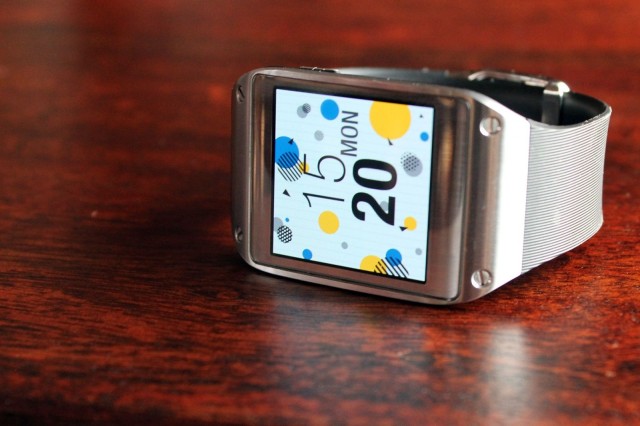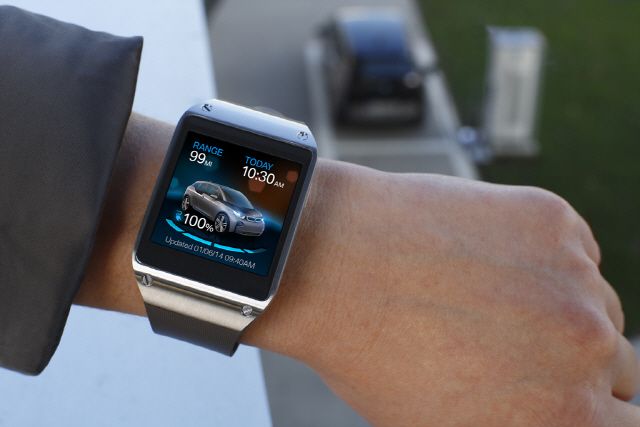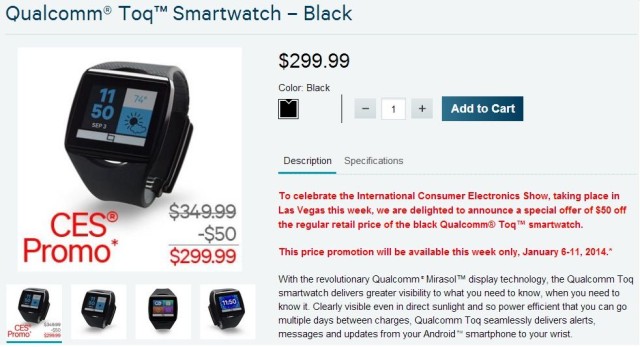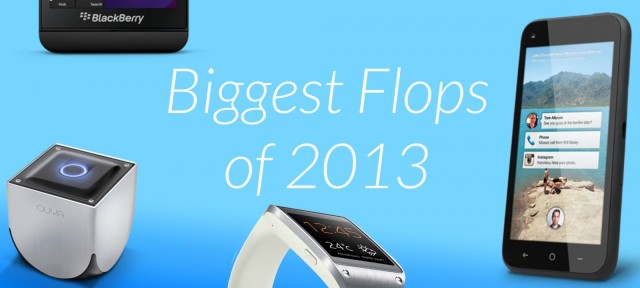One of the downsides to Samsung’s Galaxy Gear is that it’s only officially compatible with the South Korean company’s own family of smartphones, but a new workaround allows Nexus 5 to add Galaxy Gear support to their own handset themselves.
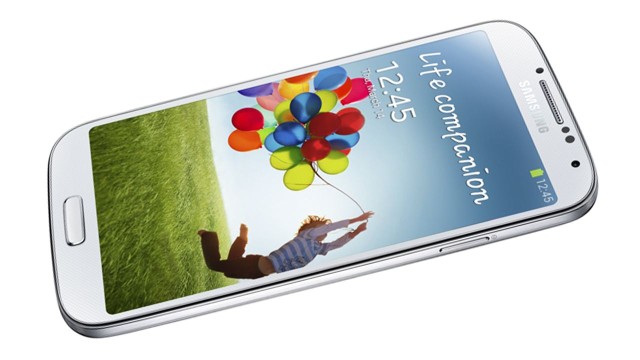
If it wants to retain its massive share of the smartphone market, Samsung must ensure its flagship devices are always one step ahead of the competition. So with the Galaxy S5, the South Korean company hopes to take on Apple’s Touch ID with eye-scanning technology that’ll let you unlock your phone using only your irises.
The device will be available around March or April of this year, Samsung executive vice president Lee Young Hee confirmed in an interview with Bloomberg — and it’ll launch alongside a second-generation Galaxy Gear that’ll be thinner than its predecessor.
 The Galaxy Gear has by no means reached its full potential yet, and there are plenty of exciting developments to come for the Android-powered smartwatch. One of those will be the ability to control various features inside your car remotely from your wrist.
The Galaxy Gear has by no means reached its full potential yet, and there are plenty of exciting developments to come for the Android-powered smartwatch. One of those will be the ability to control various features inside your car remotely from your wrist.
Samsung has teamed up with BMW to debut the technology inside BMW’s new all-electric i3, and it has been showing it off at CES in Las Vegas this week.
Qualcomm is celebrating this year’s Consumer Electronics Show in Las Vegas by knocking $50 off its Android-comptible Toq smartwatch. For this week only, the device will sell for $299.99 as opposed to $349.99, and you can buy it directly from Qualcomm or through Amazon.
It’s not too difficult to look back over the last 12 months and pick out a whole host of consumer tech products that were a great success — they’re the ones we all remember, after all. But what about those that didn’t do so well.
We’ve put together a list of the biggest tech flops from 2013 — 7 devices and services that were supposed to be big, but just couldn’t cut it. We’ll start with the overwhelming failure of the HTC First, the first Facebook-powered smartphone.

